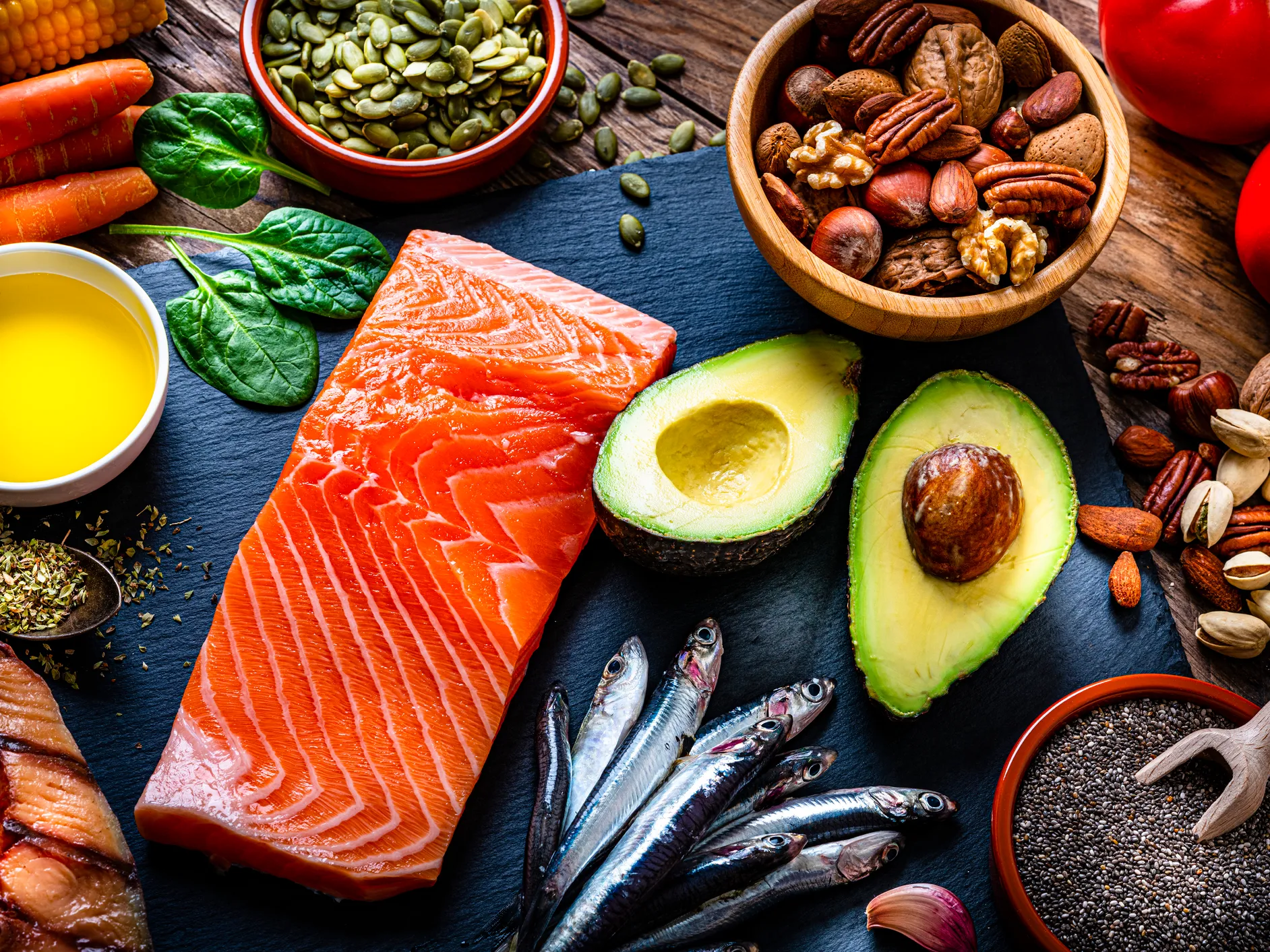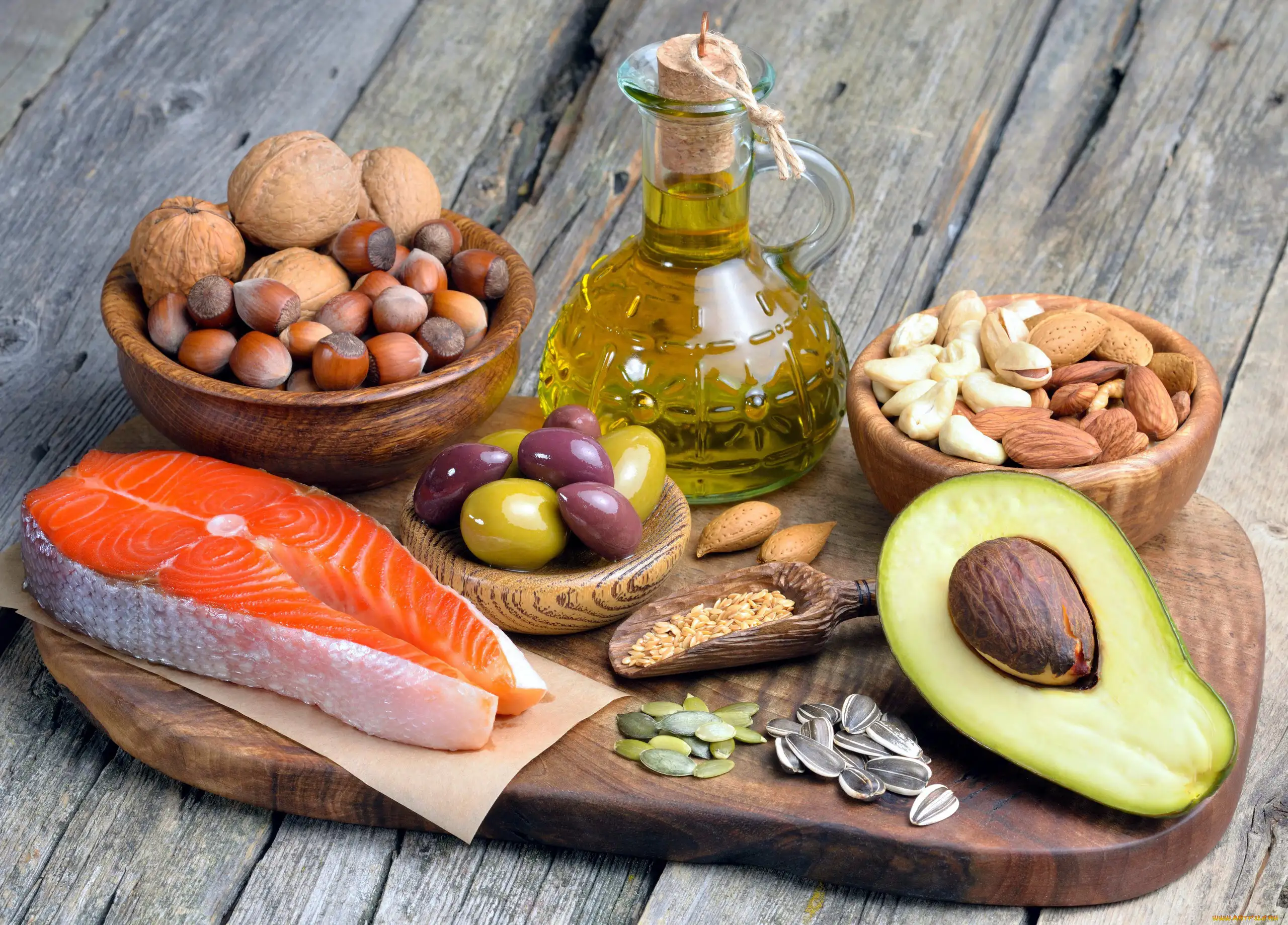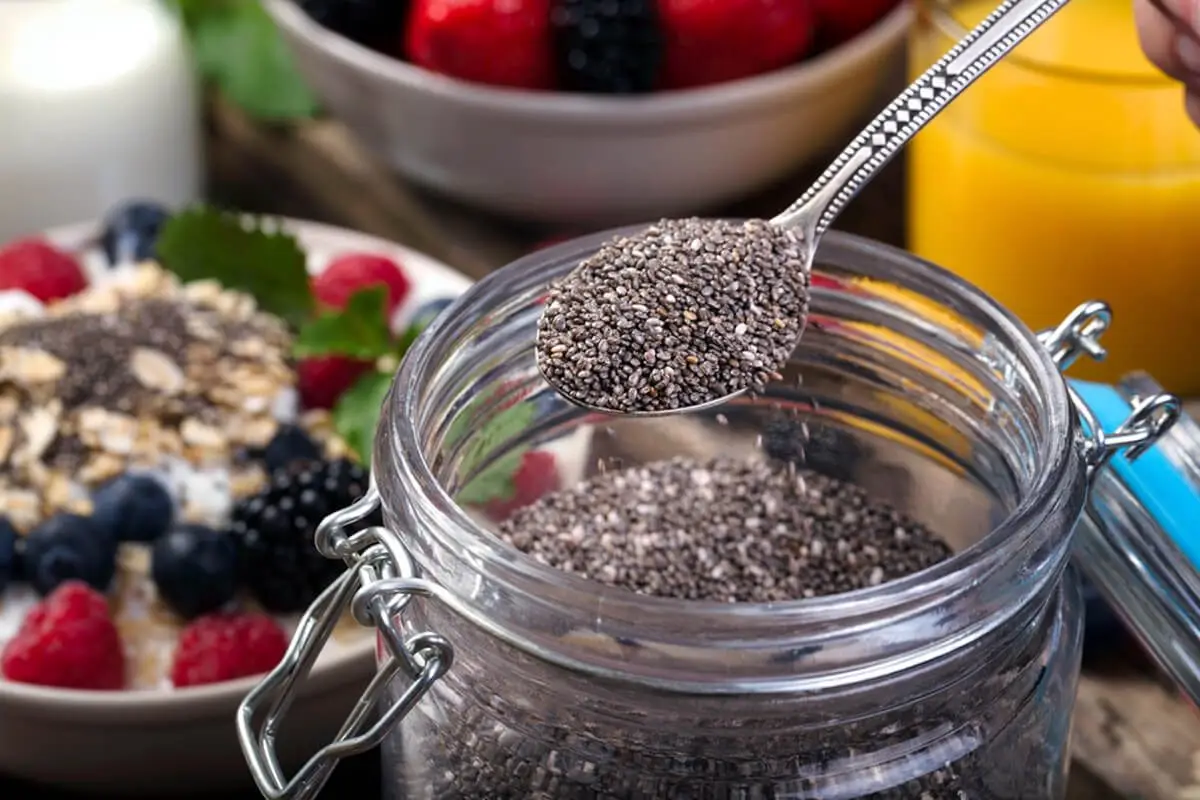Healthy fatty acids have been avoided in the past as a major cause of heart disease, but experts have revealed that they may have some benefits. As per the American Heart Organization, excessive fat intake should be limited to less than 10% of total caloric intake. While certain saturated fats, such as those found in dairy, do not have a similar deleterious impact as saturated fatty acids found in red meat, others, such as those contained in red meat, may. Nonetheless, full-fat meals may have advantages over their low-fat or fat-free alternatives. They’re generally less manufactured and have fewer sugar and carbohydrate calories.
The Benefits of Healthy high-fat foods

Increasingly benefits of a diet rich in high-quality, high-fat foods are being discovered by researchers, and more individuals are implementing healthy high-fat foods into their diet.
- Fatty acids are beneficial to your skin, scalp, cognition, and uteruses.
- Your body need a certain amount of nutritional fat to improve mental health, hormone levels, and food processing.
- Including healthy fats in every meal enhances flavour, slows carbohydrate digestion (cutting blood glucose peaks and troughs that make you weary after lunch), and gives you a sensation of satiety.
Some fats, particularly highly processed fats such as vegetable oils, are more harmful than beneficial. Here’s the difference.
Understanding Bad Fats

Since they raise your body’s cholesterol production, “bad” fats endanger your heart and blood vessels. “Bad” fats can block your blood vessels and lead to hypertension. If any of your brain’s artery arteries get blocked, you might have a trauma. Bad fat has been related to an elevated risk of coronary artery disease and therefore should be eliminated in your diet:
- Saturated fats
- Hydrogenated fats
- Trans fats
Lard, butter, milk fat, beef, chicken and pork skin, ice cream, and cheeses are all examples. When fats are hydrogenated, trans fatty acids are produced, a particularly harmful change that has become a prevalent ingredient in processed snacks, baked foods, sticky animal fats, preservation, and quick eateries.
Understanding Good Fats
 When you consume “good” fats instead of “bad” lipids, you can reduce your blood cholesterol levels and help strengthen your immune system from heart disease. Many “good” lipids are high in carbs, and the vast bulk would raise blood lipoprotein levels. Even if “healthy” fats are regarded, they must be consumed in moderation. These “healthy” fats include:
When you consume “good” fats instead of “bad” lipids, you can reduce your blood cholesterol levels and help strengthen your immune system from heart disease. Many “good” lipids are high in carbs, and the vast bulk would raise blood lipoprotein levels. Even if “healthy” fats are regarded, they must be consumed in moderation. These “healthy” fats include:
- Polyunsaturated fats
- Monounsaturated fats
- Omega-3 fatty acids
At ambient temperature levels, healthy lipids are water-based vegetable acids seen on grocery glass cases. Meadowfoam, grain, sunflower, groundnut, and rapeseed fats are all present. Grassy pan dairy meals, ketchup, and lettuce sauces all include fatty vegetable oils. Reduced trans cholesterol should be used to replace oxidised lipids. To optimise the ratio of good (HDL) to bad (LDL) cholesterol, avoid saturated and trans fats.
Substituting monounsaturated fats for excessive fatty foods can help decrease LDL “bad” cholesterol without reducing HDL “good” cholesterol.
Omega-3 fatty acids derived from marine origins are thought to be heart-healthy because they reduce the amount of triglyceride (fats) and cholesterol in your system. Fatty fish, particularly salmon, halibut, mackerel, tuna, sardines, sea bass, herring, pompano, and lake trout, are excellent sources. Flax seeds, walnuts, canola oil, soybeans, and soy protein are all veggie sources of omega-3 fatty acids.
Top Healthy High-fat Foods

Fatty Fish

Omega-3 linoleic components, monosaturated fats, and monounsaturated fatty acids are all present in fish such as tuna, mackerel, and sardines. Even while dietary lipids enhance respiratory activity and provide instant gratification, they appear to be advantageous. Fish with adipose tissue are nutrient-dense. It has a more substantial polypeptide that is oxidised by the bacterium. Potassium, copper, and low-saturated components like A, D, E, and K, as well as helpful, healthy fats, are all found in fatty fish. Consumption of fatty fish has been shown to help keep a healthy heart, decent cognitive ability, and blood glucose.
Avocado
 It does, nevertheless, contain healthy fat in the form of unsaturated polyunsaturated fatty acids (PUFA) and monounsaturated fatty acids (MUFA) (MUFA). These are omega-3 fatty acids, which are excellent for your health. Antioxidants also act as a shield from diseases that harm it, such as melanoma and Parkinson’s.
It does, nevertheless, contain healthy fat in the form of unsaturated polyunsaturated fatty acids (PUFA) and monounsaturated fatty acids (MUFA) (MUFA). These are omega-3 fatty acids, which are excellent for your health. Antioxidants also act as a shield from diseases that harm it, such as melanoma and Parkinson’s.
The nutritional value of 100 grams of avocado is:
- Calories – 160 kcal
- Carbohydrates – 8.53 g
- Proteins – 2 g
- Fats – 14.7 g
- Fiber – 6.7 g
Chia Seeds

Chia seed contains alpha-linolenic acid, an omega-3 fatty acid (ALA). Chia seeds have been shown in several studies to lower blood pressure, offer anti-inflammatory properties, aid in weight loss, and provide better skin.
The nutritional value for 100gm of chia seeds is:
- Calories – 534 kcal
- Carbohydrates – 28.9 g
- Proteins – 18.3 g
- Fats – 42.2 g
- Fiber – 27.3 g
Nuts

When you’re craving a snack to break up the routine, nuts are a fantastic choice. Furthermore, everyday consumption of nuts increases neurocognitive ability. They also contain a lot of potassium as well as vitamins A, E, and K. Obesity, type 2 diabetes, and cardiovascular disease are among ailments that are reduced by eating nuts. Furthermore, consuming nuts on a daily basis improves memory and educational achievement. Nuts like almonds, walnuts, and cashews, for example, are healthy snacking options. Moreover, studies show that eating nuts boost metabolism and assists in weight loss. However, people must exercise caution while consuming salty nuts since too much salt might worsen the hypertensive circulatory. Furthermore, research demonstrates that consuming nuts improves circulation and aids in the reduction of obesity.
Olive Oil

Olive oil is a versatile oil that may be consumed or applied to the skin. Countless studies have demonstrated how good it is for one’s wellbeing. It’s high in oleic acid, which is essential for healthy biological function. It also benefits in calorie reduction, insulin management, and heart health management. The following are the macronutrient contents of 100 mL of olive oil: –
- Calories – 884 kcals
- Fats – 100 g
- Vitamin E – 14.4 mg
- Vitamin K – 16.2 mcg
- Monounsaturated fatty acids – 73 g
- Polyunsaturated fatty acids – 10.5 g
Dark Chocolate

It makes you joyful since endorphins are released when you eat it. Stress hormones are proteins which make us feel good. This presentation will make you feel wonderful and joyous. Resveratrol, an antioxidant found in dark chocolate, helps the body produce more HDL (good) cholesterol. Zinfandel, an enzyme presents in cocoa powder, aids in the production of lipids in the body. Epicatechin, found in dark chocolate, also possesses anti-aging benefits and improves performance.
Tips for adding more healthy fats to your diet
 Instead of obsessively counting fat grammes, aim for a diet that includes a variety of vegetables, fruits, nuts, and legumes, as well as twice or maximum monthly pieces of oily salmon, decent milk, restricted red protein, and possibly less roasted or manufactured meals.
Instead of obsessively counting fat grammes, aim for a diet that includes a variety of vegetables, fruits, nuts, and legumes, as well as twice or maximum monthly pieces of oily salmon, decent milk, restricted red protein, and possibly less roasted or manufactured meals.
Implementing a Mediterranean diet could also help you acquire adequate beneficial fats while reducing harmful fats in your intake. Minimize your fatty intake by replacing some of your red meat with beans, nuts, poultry, and fish, and switching from full-fat buttermilk to low-fat dairy. However, don’t make the mistake of replacing dietary cholesterol with refined carbs and sugary foods.
- Daily basis, consume omega-3 fats.
- Cook using extra virgin olive oil. For stovetop cooking, use olive oil rather than buttered sticks, mayonnaise, or pork.
- Consume more avocados. Use peppers to make pesto or in breakfast items. They’re packed with heart- and brain-healthy nutrients and make a filling meal.
- Make a go for the nuts. Nuts can be incorporated to vegetable dishes, used to make trail mix with nuts, peanuts, and dried apricots, or used to replace flour in chicken or fish.
- Olives are a tasty snack. You can consume them plain or use them to make a vinaigrette to dip crackers in.
- Toss in some fats to the salad. Store-bought spinach condiments are usually high in unhealthy fats and calories. To produce homemade healthy condiments, use olive, flaxseed, or sesame oils.
Conclusion
Despite the fact that high-fat diets have long been thought to be deficient in vitamins, a recent study reveals that particular fats may not pose the very same risk to heart system as originally understood. Moreover, because freshly elevated foods are less processed, they may offer similar health advantages to low-fat alternatives. The huge dishes on this menu of nutritious high fat cuisine may easily be included into your nutritious diet, despite having high energy level.






